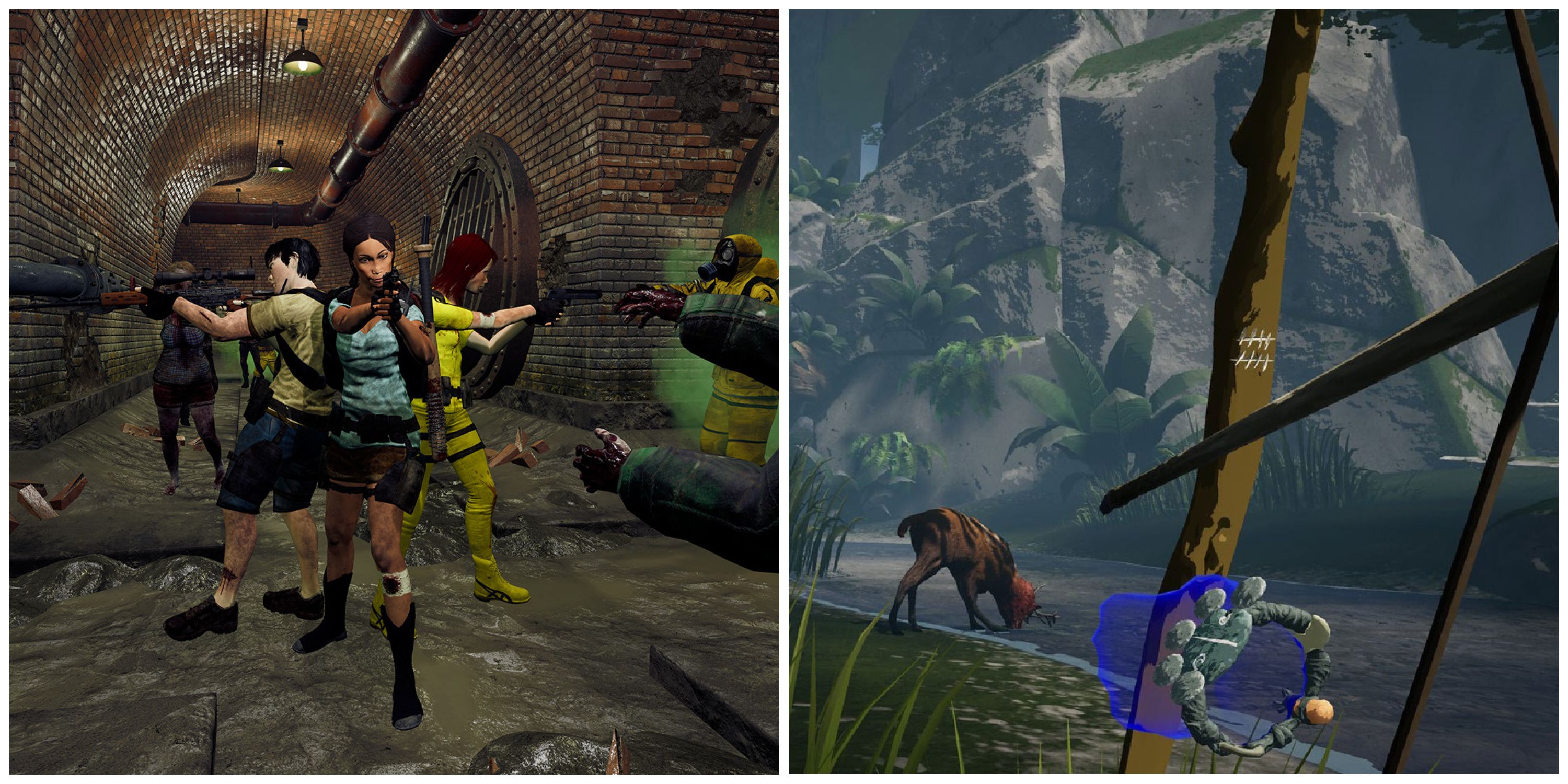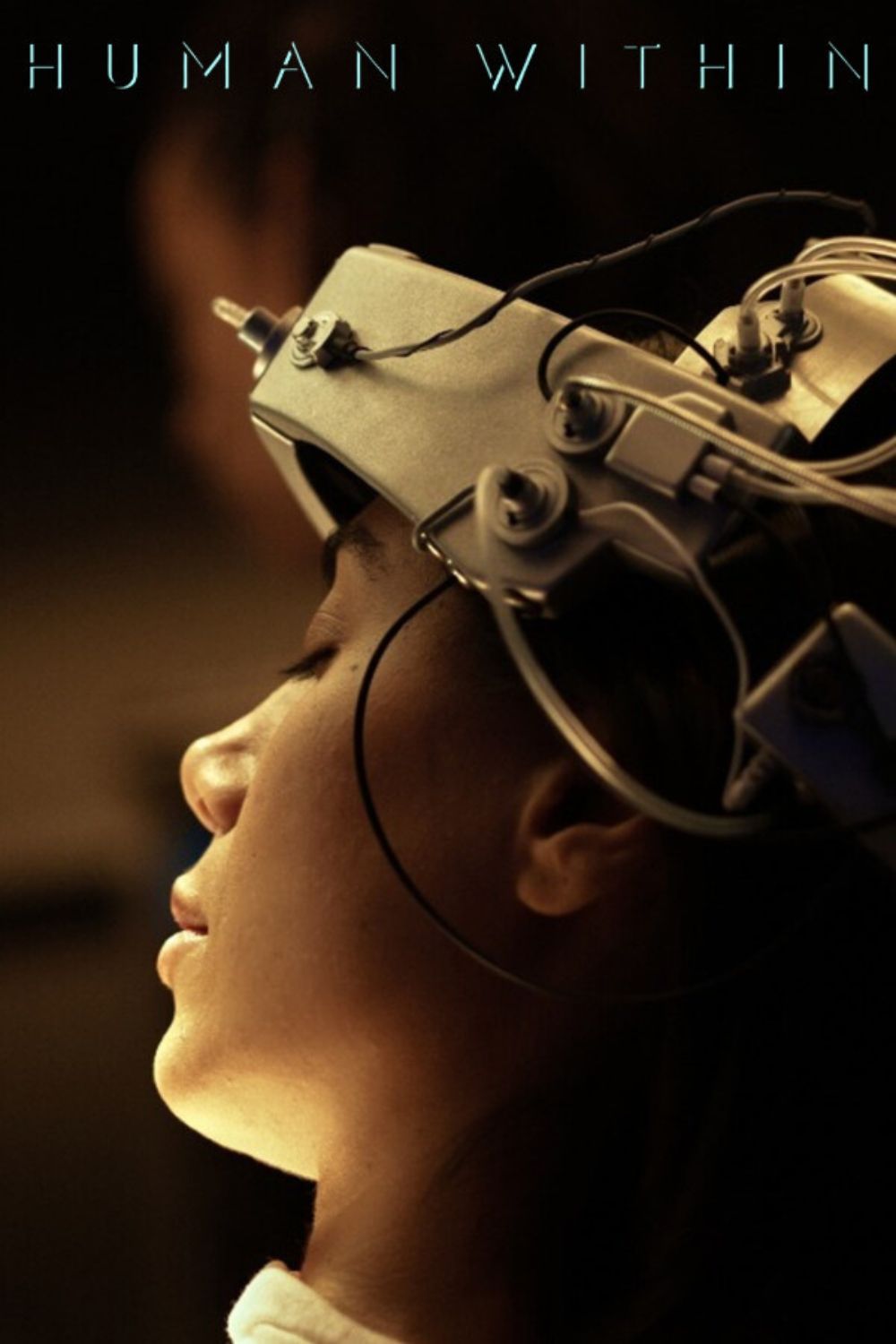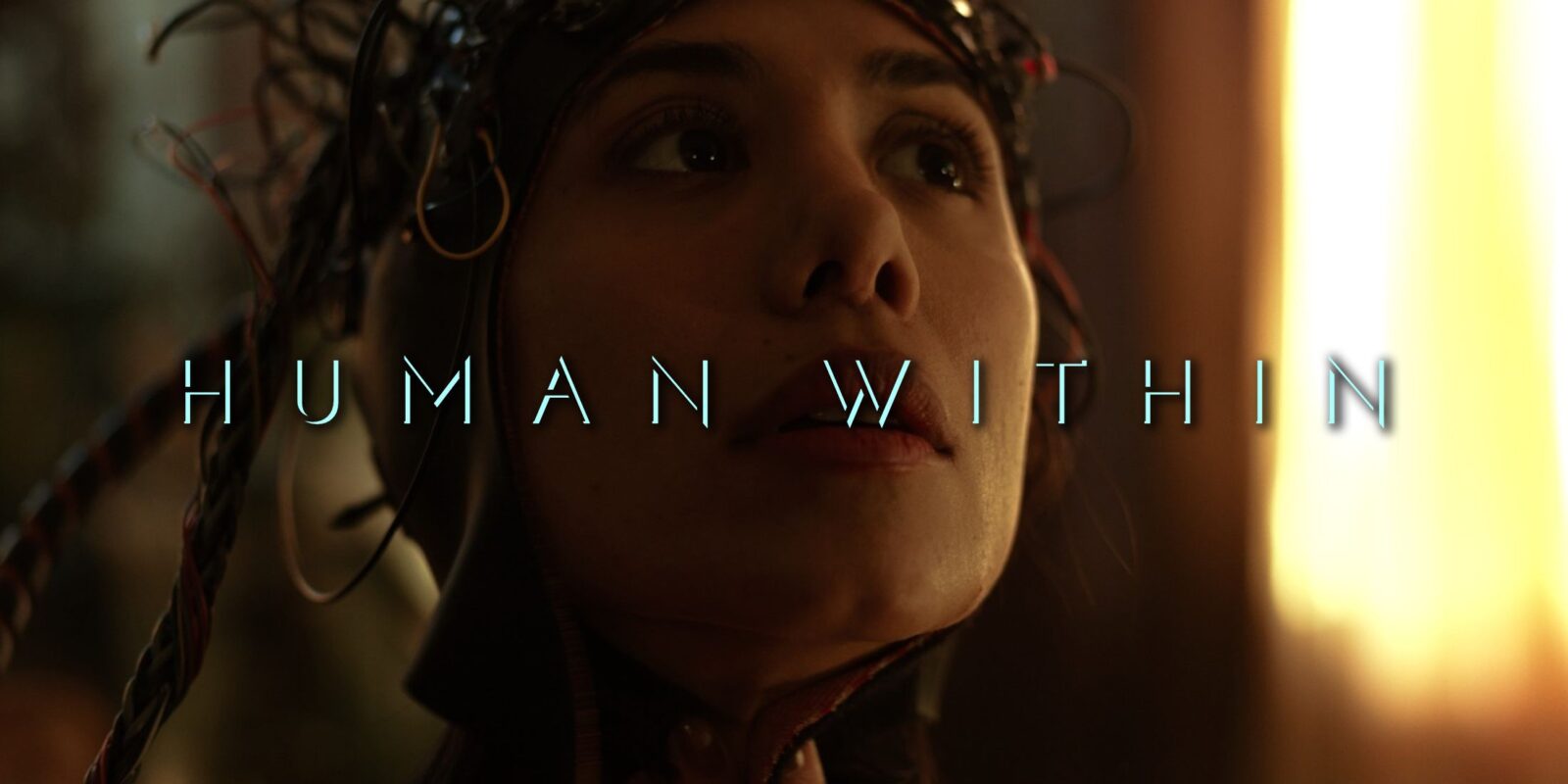Human Within isn’t quite a full-fledged VR game, but it’s also not as hands-off as typical interactive fiction titles. Instead, Human Within blends elements of both, seamlessly transitioning from virtual reality gameplay to meticulously directed 360-degree live-action scenes where players make impactful narrative decisions. Somewhat ironically, Human Within leverages some of the latest technological advancements in digital media to tell a story about the potential risks of tech innovations.
In Human Within, the technology in question is a method to utilize the full computing power of the human brain by uploading one’s consciousness into the digital realm. Players take on the role of Linh–or rather, the digitized consciousness of Linh after undergoing this process. Consequently, players will navigate cyberspace and the game’s live-action scenes as the story unfolds. In an interview with Game Rant, Human Within creative director Avi Winkler and director Anne Weige revealed how the team pulled off.

Related
Meta Quest: 6 Best Virtual Reality Survival Games, Ranked
There are a lot of good survival games for virtual reality on the Meta Quest. Here’s a look at some of the best.
How Human Within Blends VR and Live-Action
Human Within‘s story is partially told through 360-degree live-action scenes often filmed in single takes. To complicate things further, these sequences are choice-driven, with branching outcomes depending on the player’s actions. A significant problem Human Within faced was accommodating camera angle changes during these scenes–typically an uncomfortable experience for virtual reality gamers. Winkler revealed how Human Within tackles this dilemma:
In VR, users can look in any direction during a scene. However, since the choice mechanics in Human Within are based on gaze direction, we know roughly what their head orientation is when a choice is made. Choices are related to focusing your gaze in the direction of a particular detail in the scene. When a choice is locked in, the camera cuts to a new position in the room with the user’s center of focus oriented toward that same detail – acting as a visual anchor point of sorts.
While the perspective of the space changes, the main central element of focus remains the same. This allows for camera cuts in VR that are not disorienting and also serve as a visual confirmation that the choice has been made.
This approach to Human Within‘s dialogue carries several benefits. Since choices are made via gaze rather than something like a Dragon Age dialogue wheel, the camera can move toward an established focal point without that motion feeling disorienting. It also serves as feedback to indicate the player has made a decision, reinforcing a sense of player agency.
Human Within’s Story Enables Its Gameplay
While Human Within‘s narrative stands on its own, the story is an ideal canvas for a story-driven VR game to explore vastly different perspectives. Winkler described how Human Within‘s mixture of live-action and digital scenes offers new perspectives narratively and experientially.
In the 360 scenes, you make choices about what happened in the past, and in the internet space scenes, there are forms of interaction where the scene won’t progress until you solve a puzzle or interact with certain panels to get things going.
The point cloud sequences are where the most interaction is in the experience. They were designed for players to engage in the story and the environment in a way that the 360 memory scenes and the internet space scenes couldn’t.
Human Within‘s live-action scenes are a perspective shift on two fronts. There’s the live-action visual side, while narratively, players are reliving the past and determining their backstory. Outside the live-action scenes, players return to the present time where Linh is a disembodied digital consciousness. These more interactive scenes have players face the ramifications of their past choices, highlighting a fascinating relationship between scenes that makes for engaging storytelling. It’s interesting to consider how the experience of Human Within is largely made possible by the story it’s telling.

- Developer(s)
-
Signal Space Lab
, Actrio Studio - Publisher(s)
-
Signal Space Lab
- Supported VR Headsets
-
Oculus Rift
, Meta Quest 3













Leave a Reply